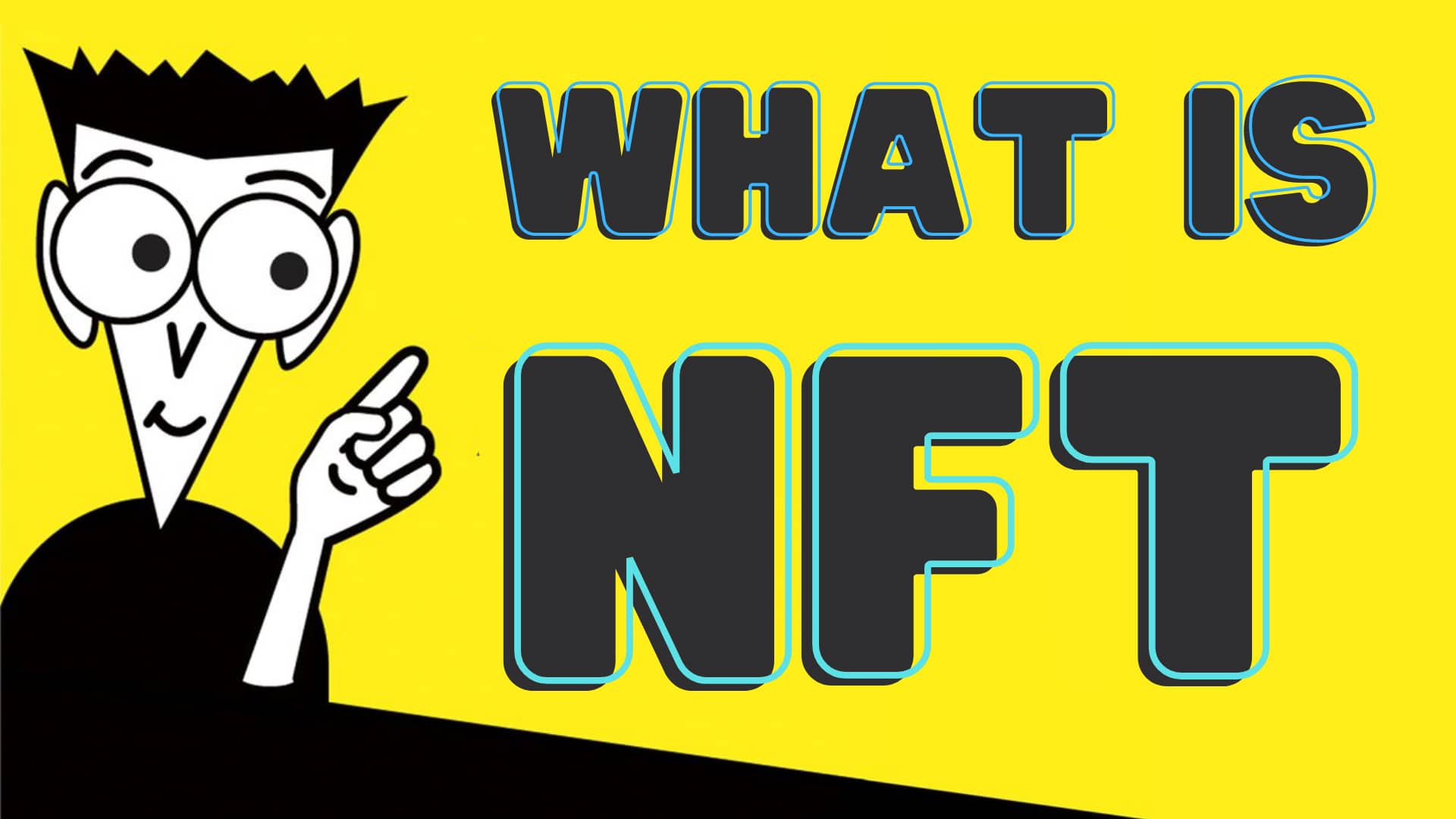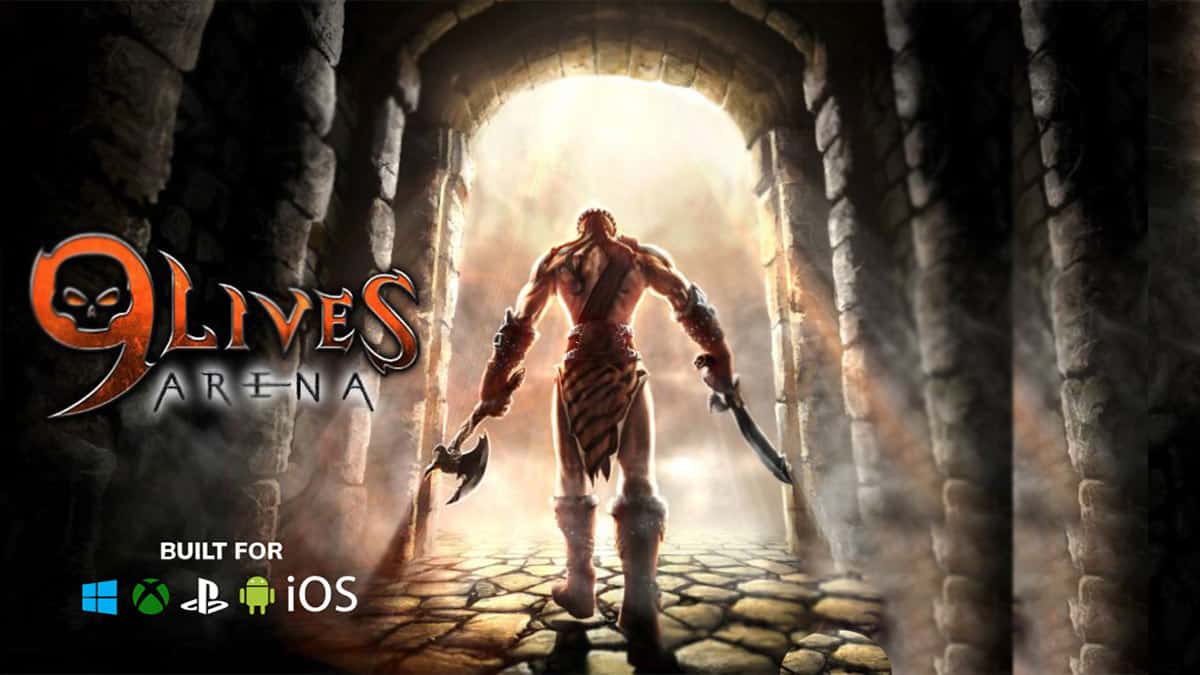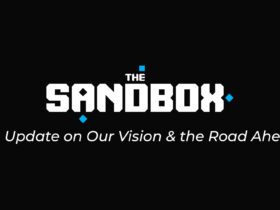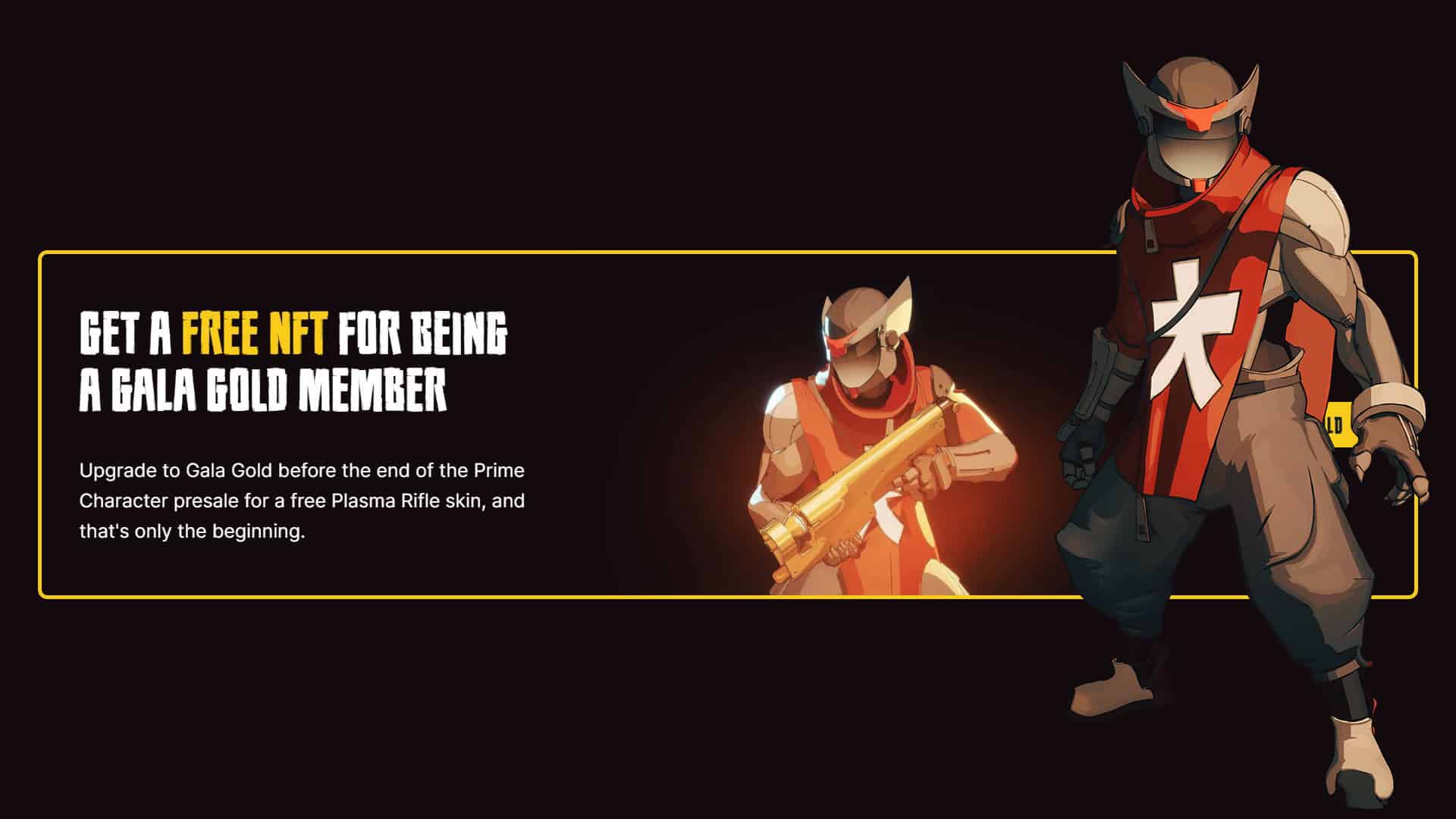The overwhelming market capitalization of cryptocurrency has now crossed the $2 trillion mark. As the market continued to make waves in industries from finance to healthcare, its startups and businesses have turned to distinct fundraising pathways.
When a company wants to raise funds to launch a new product or expand its sales, traditionally, it has to rely on financial loans from either banks or venture capitalists. However, with the success of cryptocurrencies (Bitcoins and Ethereum) and their legalization in many regions around the world, a new fundraising strategy surfaced.
Companies initiated a process called fundraising via token insurance. As per the process, they sell crypto-tokens to the public in exchange for Ethereum, Bitcoins, and FIAT currencies. It was when the first-ever method to carry out token sales was launched back in 2017- the initial coin offering (ICO).
In this article, we are going to give you a detailed overview of the ICO fundraising progression, covering the launch of IEO (initial exchange offer) along with highlighting some major developments in IDO (Initial Dex Offering).
Initial Coin Offering – ICO

Entering the public lexicon back in 2017, initial coin offerings are defined as a “decentralized method of financing.” It’s a novel concept that was introduced in 2013 when the Mastercoin project was proposed by J.R. Willet, who used it to raise 4740 bitcoins to work on their new platform.
Contributing to the democratization of financial investments, ICO allows the financing of progressive business ideas and plans at a global level.
As part of the ICO process, companies have to issue unique Tokens or Coins which are allotted to the investors in exchange for their contributions. Three main forms of tokens appear:
- Currency Tokens – for exchange or trading, like cryptocurrency.
- Security Tokens – As a traditional security assurance but supported by blockchain technology.
- Utility Tokens – One of the commonly used types that allow investors rights to access services or products.
Some Leading Use Cases
As people began to get involved in digital solutions, interest in ICO projects projected upwards. From the year 2016 to 2019, a total of 1676 token sales de nearly USD 29.2 billion.
EOS.IO, back in 2017, projected the highest funds accumulation of nearly USD 4.1 billion. Regulated on the cryptocurrency EOS, it’s a blockchain protocol that conducts millions of transactions per second and claims to eliminate transaction fees.
Some other causes include:
Monero (XMR)
Popularly known as the “Privacy Coin,” Monero ensures privacy with its stellar features that include ring signatures, stealth addresses, and complete coin fungibility. The Monero users, without exposing their true identity, can conduct transactions seamlessly as the platform offers a near-perfect cover of anonymity.
Binance Coin (BNB)
The BNB token reduces trading fees for its users. On the Binance platform, users can easily pay listing, exchange, and withdrawal fees while enjoying up to a 50% discount on all charges.
Apart from these, Zcash (ZEC), 0x Protocol (ZRX), and Basic Attention Token (BAT) are some of the prominent cases present in the industry.
Why are ICOs risky?
As the cryptocurrency market is under-regulated, ICOs can be risky for investors. If the ICO turns out to be a fraud or scam, the entire project will fail. Other risks factors associated with an ICO include:
- Uncertain prospects of success
- Liquidity risk
- IT risks
- Inadequate documentation
- Insufficient transparency
ICO 2.0 – The Initial Exchange Offering- IEO
Instead of being issued by a company, which is the case in ICOs, an IEO is offered directly by a cryptocurrency exchange. Due to being listed on this exchange, any organization or crypto that wants to launch an IEO has to be screened by the DeFi exchange itself. This was in reaction to the large number of scams that were prevalent in ICO fundraising, with investors being burnt one too many times.
After 2018 saw nearly $700 million stolen from investors due to ICO rug pulls, it’s no wonder that 2019 saw the launch of IEOs, which directly helped investors to fight against this form of crypto theft. In their first year of launch, IEOs raised a total of $1.7 billion, which demonstrates the mass excitement around this new form of fundraising.
The most successful projects within this period were:
- Matic
- Fetch.AI
- Ocean Protocol
- VeriBlock
- Bittorrent
2020 and the arrival of IDOs (Initial DEX Offering)
After the success of IEOs, the crypto community wanted to push this even further. This sparked the development of IDOs, which is a crypto token that is run exclusively on DEXs (decentralized exchanges). These are token generation events where users can lock in funds to liquidity pools, generating tokens in return for providing liquidity.
Alongside fundraising in a traditional sense, IDOs also allow new projects to distribute their cryptocurrency tokens to a larger audience. As users have to buy into the liquidity pools with the cryptocurrency of choice, they instantly will buy some tokens. Then, during the token generation event, everyone in the pool is further rewarded, boosting the liquidity of the token and distributing it to the masses.
Much like IEOs, any IDO that wants to gain entry into a DEX must first go through a process of vetting to ensure that the project is actually aiming to do what it says it’s going to do. The decentralized exchanges that are used in these projects are known as DEX launchpads. Several platforms have become the go-to launchpads, including BakerySwap and Pancakeswap.
If you’re looking for a low-risk method of getting into IDO projects, we suggest that you stick to established launchpads that will have done the due diligence on the token that is being offered on their platform.
IDOs meet the GameFi industry
GameFi is the point of connection between the blockchain and gaming industries, providing options for users to earn cryptocurrency and other digital assets while playing. With the rise of this platform, IDOs that are specifically tailored to GameFi systems, also known as IGOs (Initial Game Offerings), have become the most recent adaptation of this fundraising system.
Within an IGO, blockchain companies will attempt to raise money for their upcoming gaming project. Instead of getting tokens back from a liquidity pool, IGO participants will be able to play the game early, get access to exclusive content, obtain a range of mystery boxes, characters, and any other digital asset in-game to boost their performance and enjoyment.
Even though this system explores a slightly different payoff than IDOs, they often still use launchpad platforms to boost them into their fundraising success. Typically, these launchpads require that participants of the IGO project lock away their currency for a set period of time. With that additional liquidity, the game has more funding to get whatever it needs to complete done on time.
The digital assets that users can earn from GameFi games can be traded or exchanged on DEX platforms for cryptocurrency. Ths new format of gaming has quickly turned to IGOs/IDOs to gain capital, this format of fundraising provides gamers with exactly what they’d like and platforms with the initial funds to stay in development.
A recent example of incorporating gaming into IDOs is within LunaFi. This project offers a gamified IDO, which allows users to bet on when a rocket will crash using tokens. The longer they hold their tokens in the rocket, the higher return they get. However, based on random smart contracts, the rocket can crash at any time.
Completely gamified IDO projects have become incredibly popular, with projects like LunaFi paving the way for this form of entertaining fundraising.
Final Thoughts
Fundraising within blockchain has moved through distinct periods in its recent history. What started out with a very unstable system of ICOs has now progressed into a more secure platform that’s backed by DEXs, launchpads, and entire blockchain ecosystems.
It’s very probable that as new developments within blockchain are encountered, new methods of fundraising will spring up. Just like how the GameFi industry has led to the alternation of IDOs into IGOs, we’ll almost certainly see future developments in this field. With further safety measures and a web of vetting processes to make sure projects are safe, the blockchain investment opportunities have now become a viable and interesting way to expand your portfolio.























Leave a Reply
View Comments